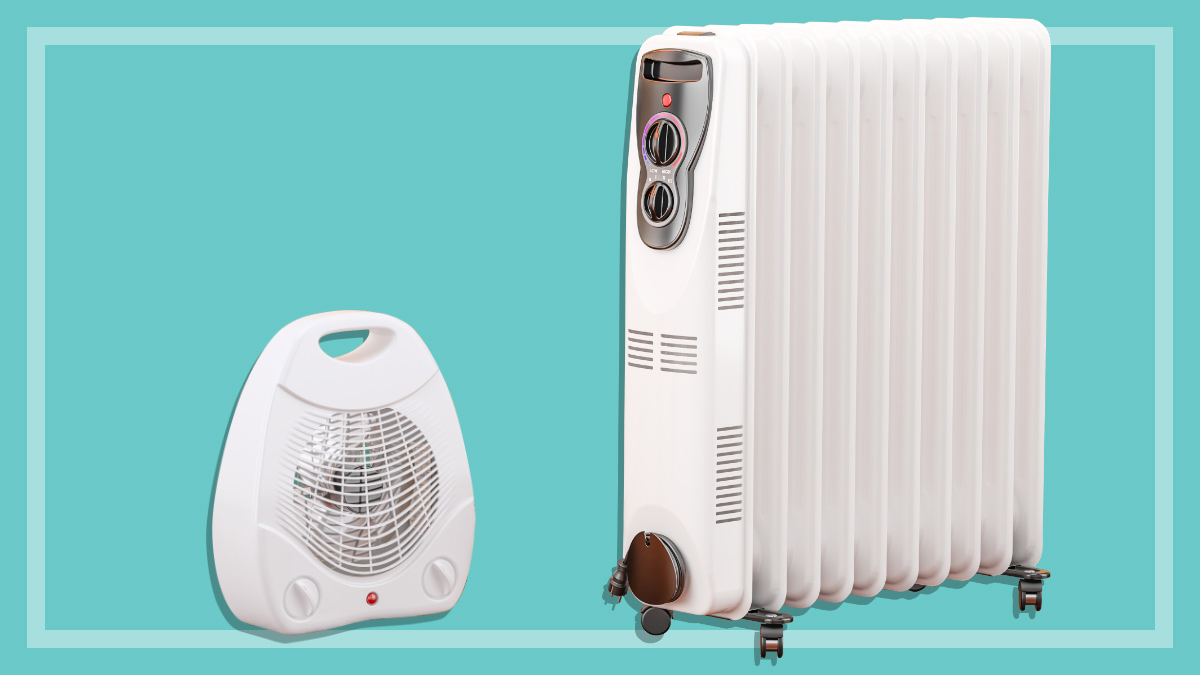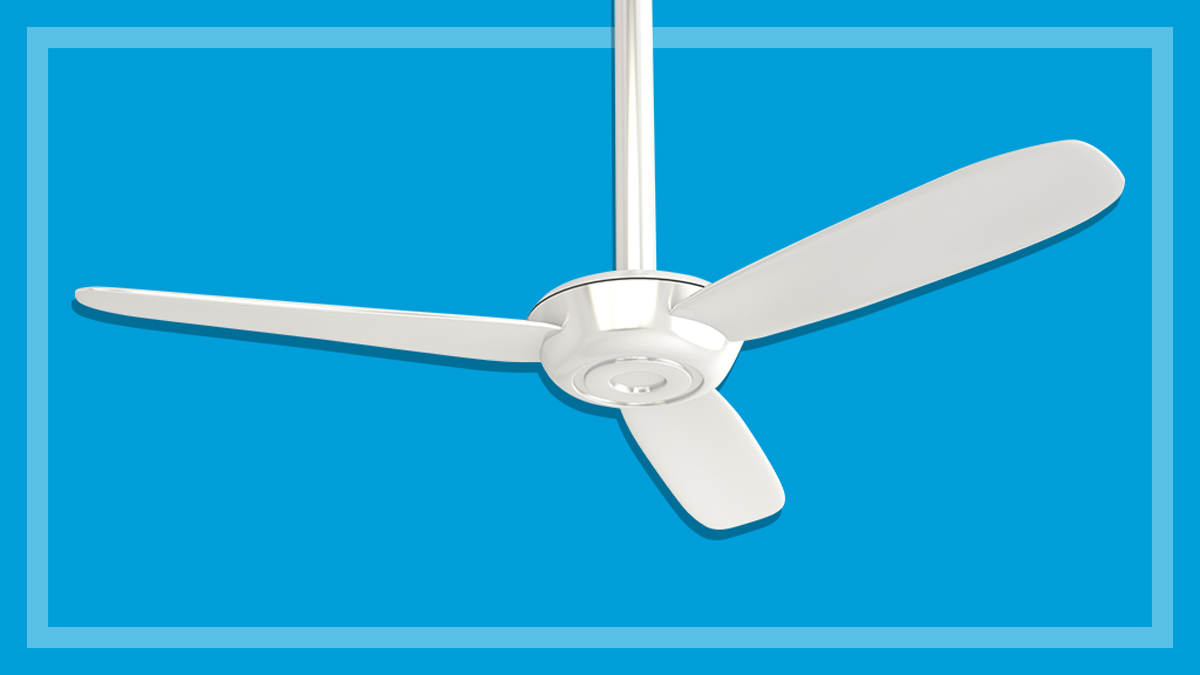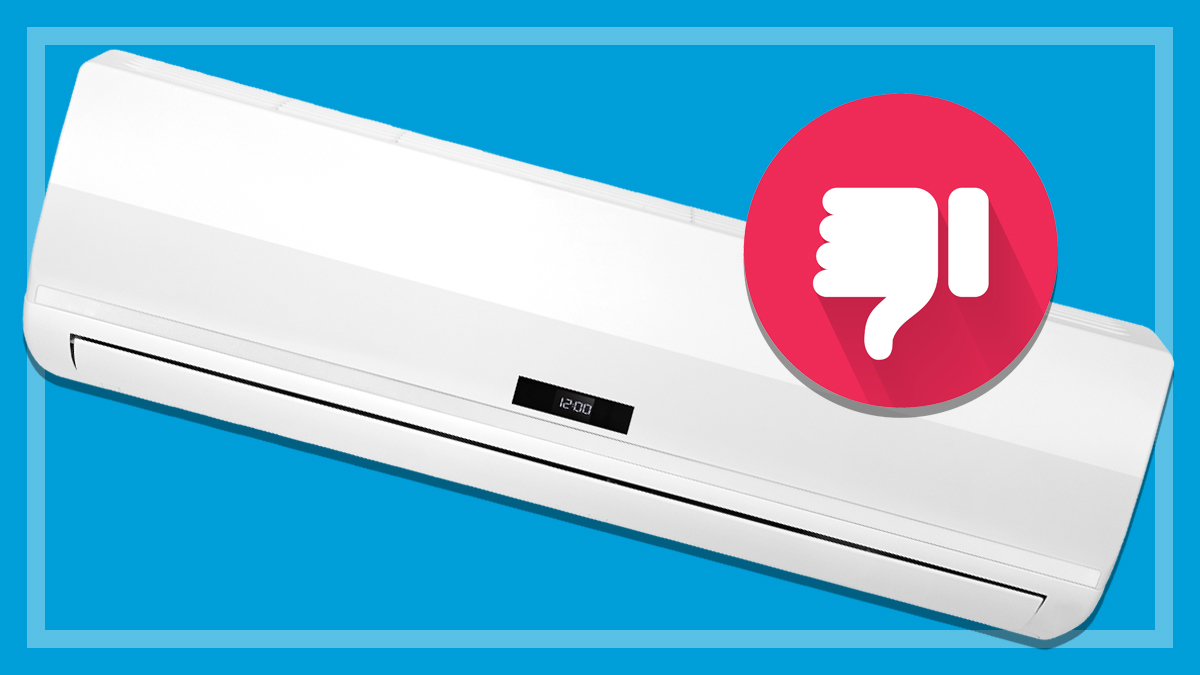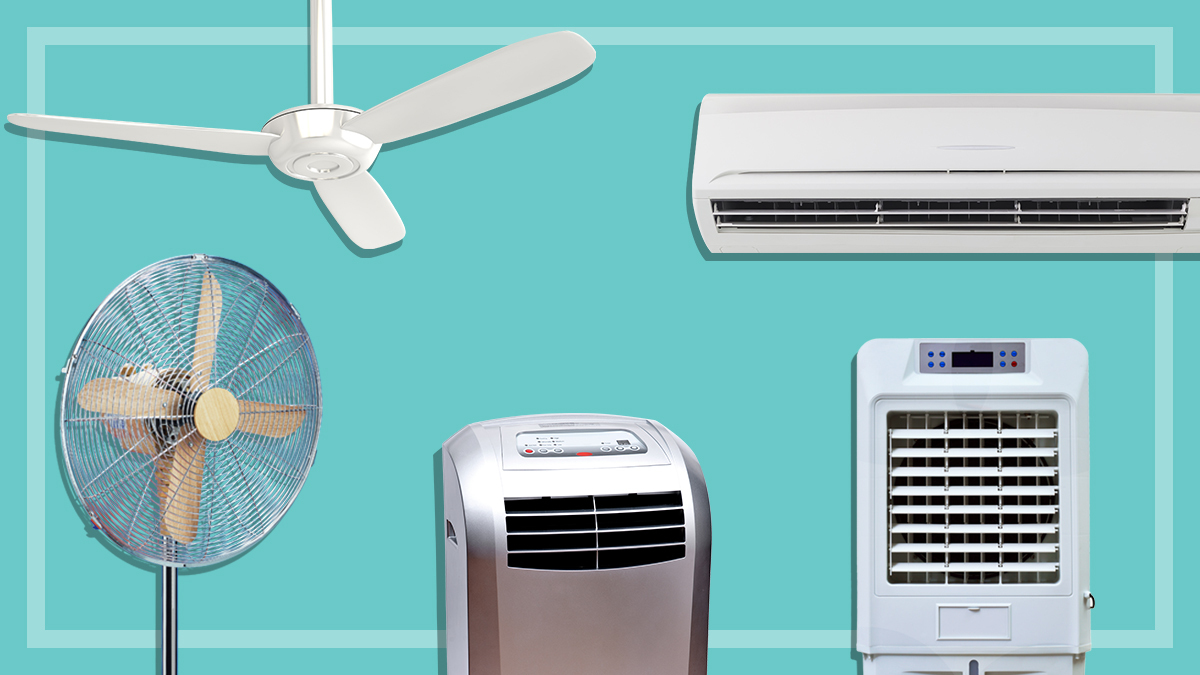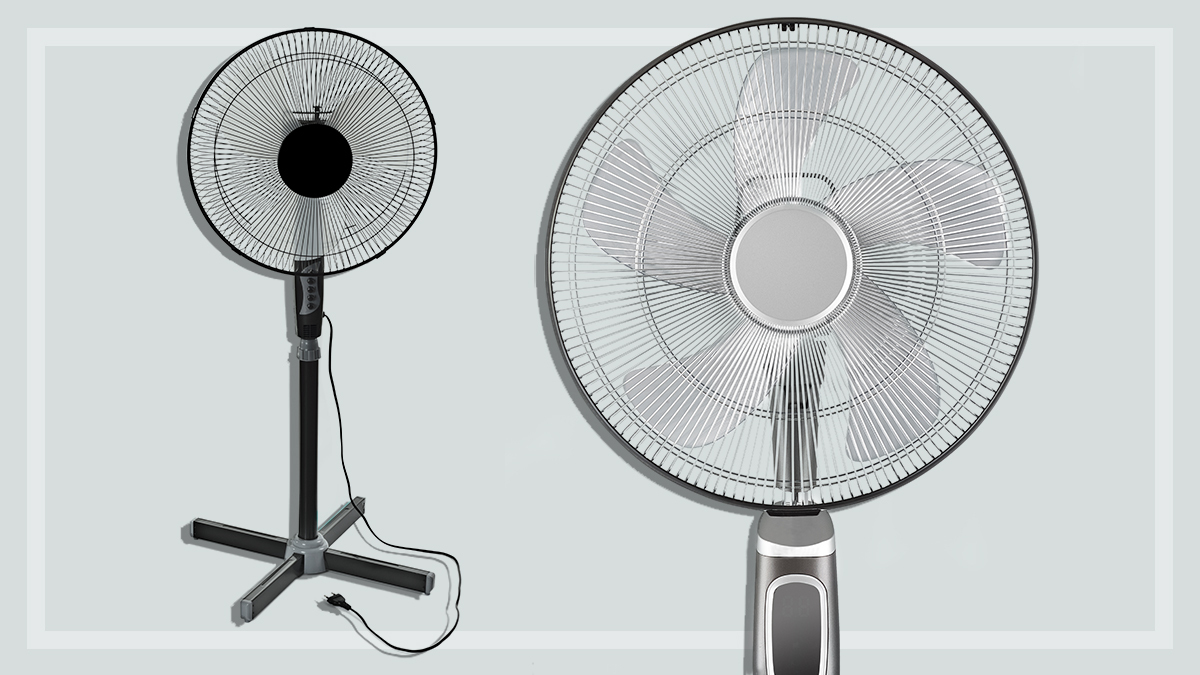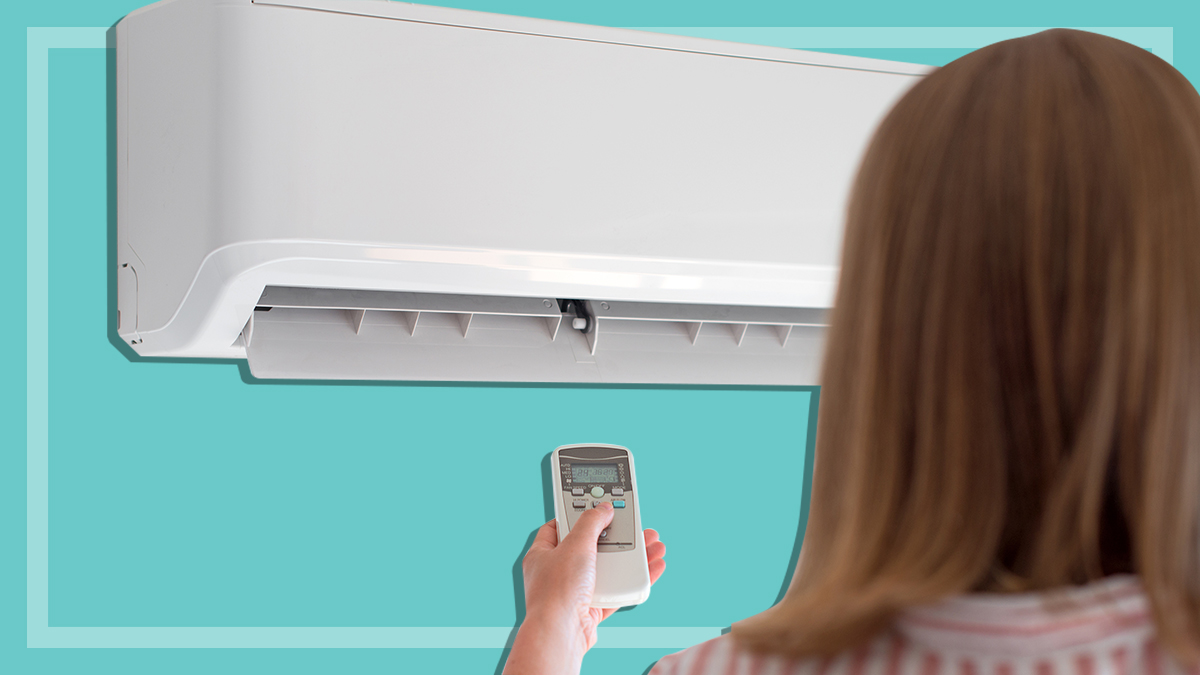Get our independent lab tests, expert reviews and honest advice.
How ceiling fans can slash your winter heating costs
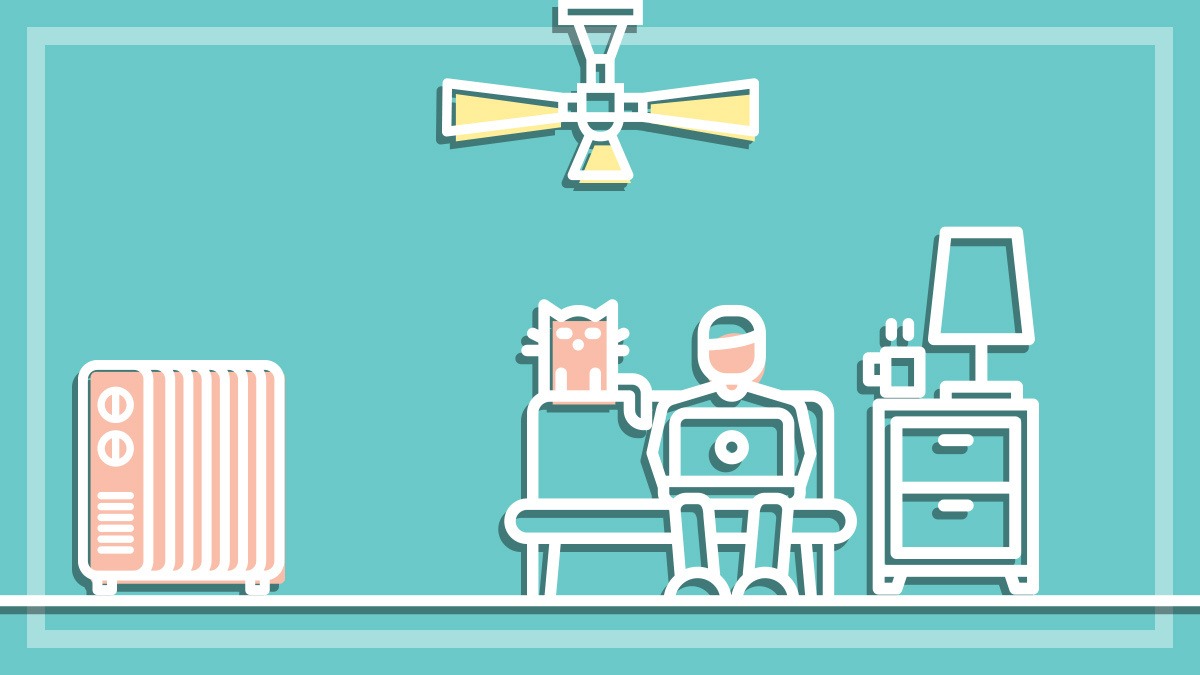
Need to know
- Using a ceiling fan with your heater circulates hot air more efficiently, our lab test reveals
- Most new fans have a winter reverse mode, although it can be hard to reach on some models
- We independently test more than 90 ceiling fan models on the market
For most of us, ceiling fans are synonymous with summer, when we’re coping with 40 degree heat or trying to sleep through a humid night. But did you know they can be just as useful in winter and even slash your heating costs?
CHOICE home expert Denis Gallagher explains how they work and how we put them to the test using thermal heatmap imaging in our recent lab experiment.
The key is using winter (reverse) mode
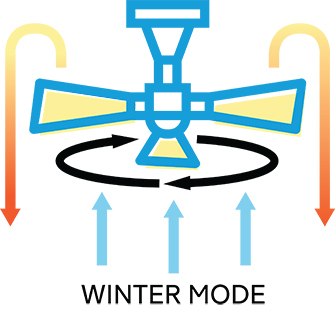
In normal ‘summer’ mode, ceiling fans move anti-clockwise, generating a downward breeze that cools the skin and helps evaporate perspiration.
But what you may not know is that most fans have a reverse mode too (sometimes conveniently called winter mode), which can work wonders with any type of heater.
“Reversing the direction of the fan pulls the cooler air up and pushes the warm air off the ceiling and down the side of the room into the living area,” explains Denis.
“Otherwise the hot air remains up near the ceiling which, unless you’re Lionel Ritchie, won’t be any good at keeping you warm.”
The best bit? It saves you money
Running a heater and a fan might sound doubly expensive, but the opposite is actually true. Fans are far cheaper to run than hungry heaters (by a lot) and reverse mode means your heater has to do far less work to maintain a constant temperature.
Running a heater and a fan might sound doubly expensive, but the opposite is actually true
To demonstrate this, our testing partners at ARS labs conducted a test using thermal heatmap imaging.
We used a convection heater consuming 1.67kW of power to maintain a temperature of 18.5°C. The heatmap is pictured. Note that most of the hot air is too high to be useful if you’re on the sofa watching TV.
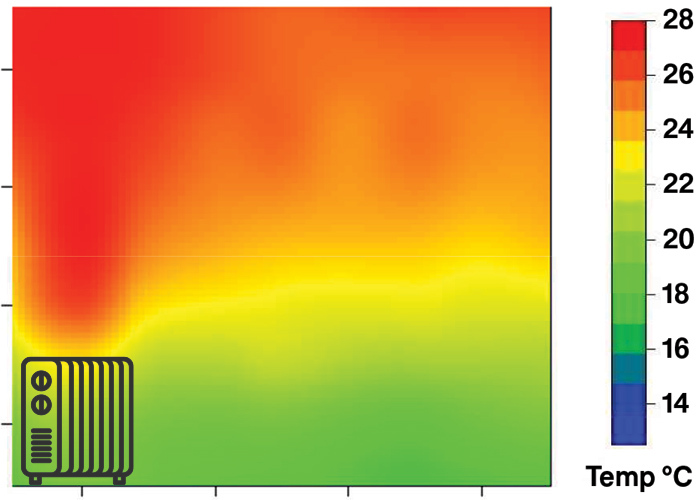
When the fan was turned on in reverse mode, the heater’s power consumption to get the same temperature dropped to 0.70kW. Importantly, the fan itself used just 0.009kW.
The heater and fan’s total power consumption is less than half used by the heater alone
So the heater and fan’s total power consumption is less than half used by the heater alone, which can make quite a difference to your bill over time. Here’s the heatmap showing how the fan circulates hot air near the ceiling more evenly.
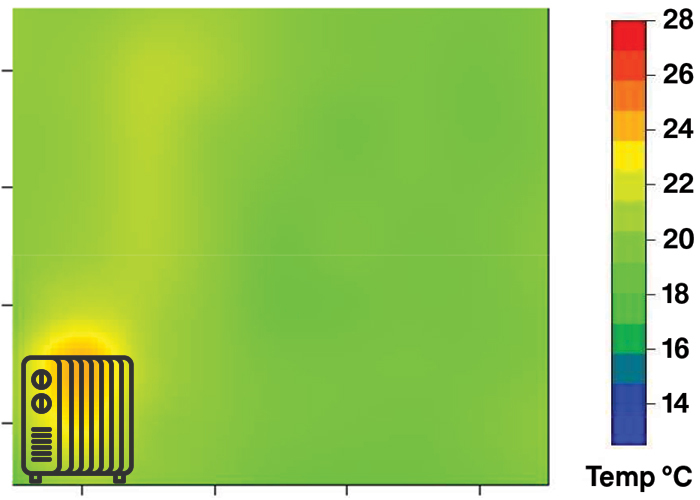
In short, using a ceiling fan in reverse mode – in combination with a heater –significantly reduces the power you need to maintain a comfortable room temperature, thereby lowering your heating bill.
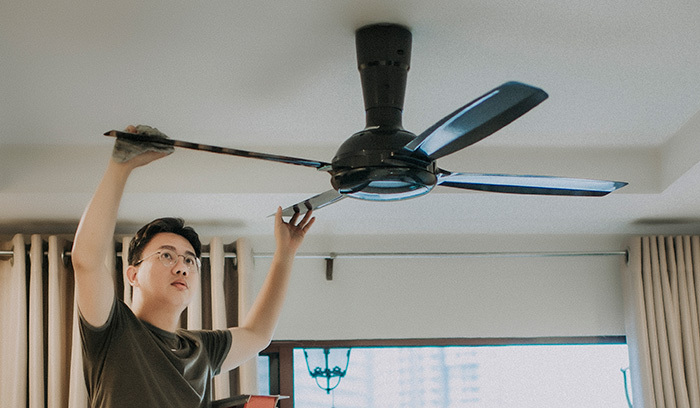
Can you use normal mode if you don’t have reverse?
Technically yes, according to Denis, but it will be less pleasant.
“A ceiling fan in normal mode will give you a similar result, moving warm air from up to down, but the downward airflow blast won’t be particularly comfortable in winter,” he says.
Will a pedestal fan work?
The short answer is – no, not really. “It really needs to be a ceiling fan in either mode, as it’s up where the warm air is and that’s the only way it can bring the warm air down,” says Denis.
“A pedestal fan will just blow air side to side and, again, be uncomfortable for anyone copping the blast.”

